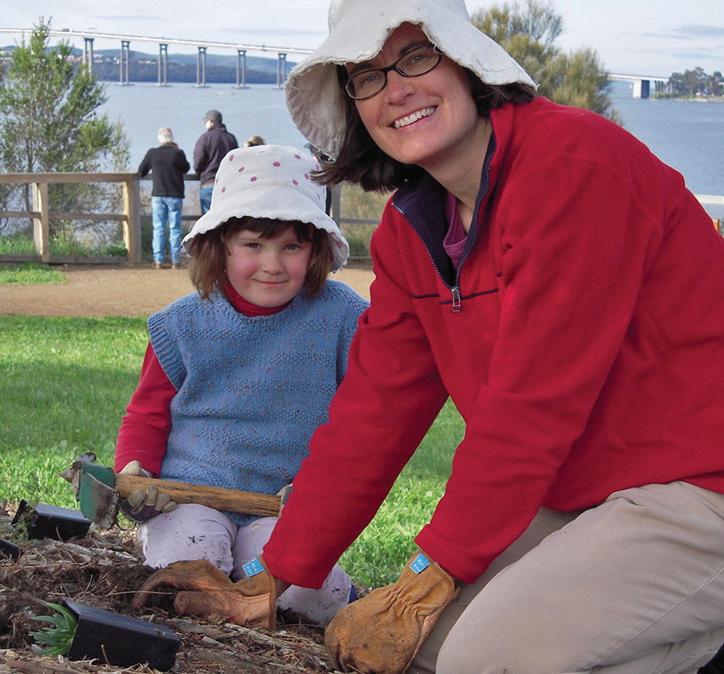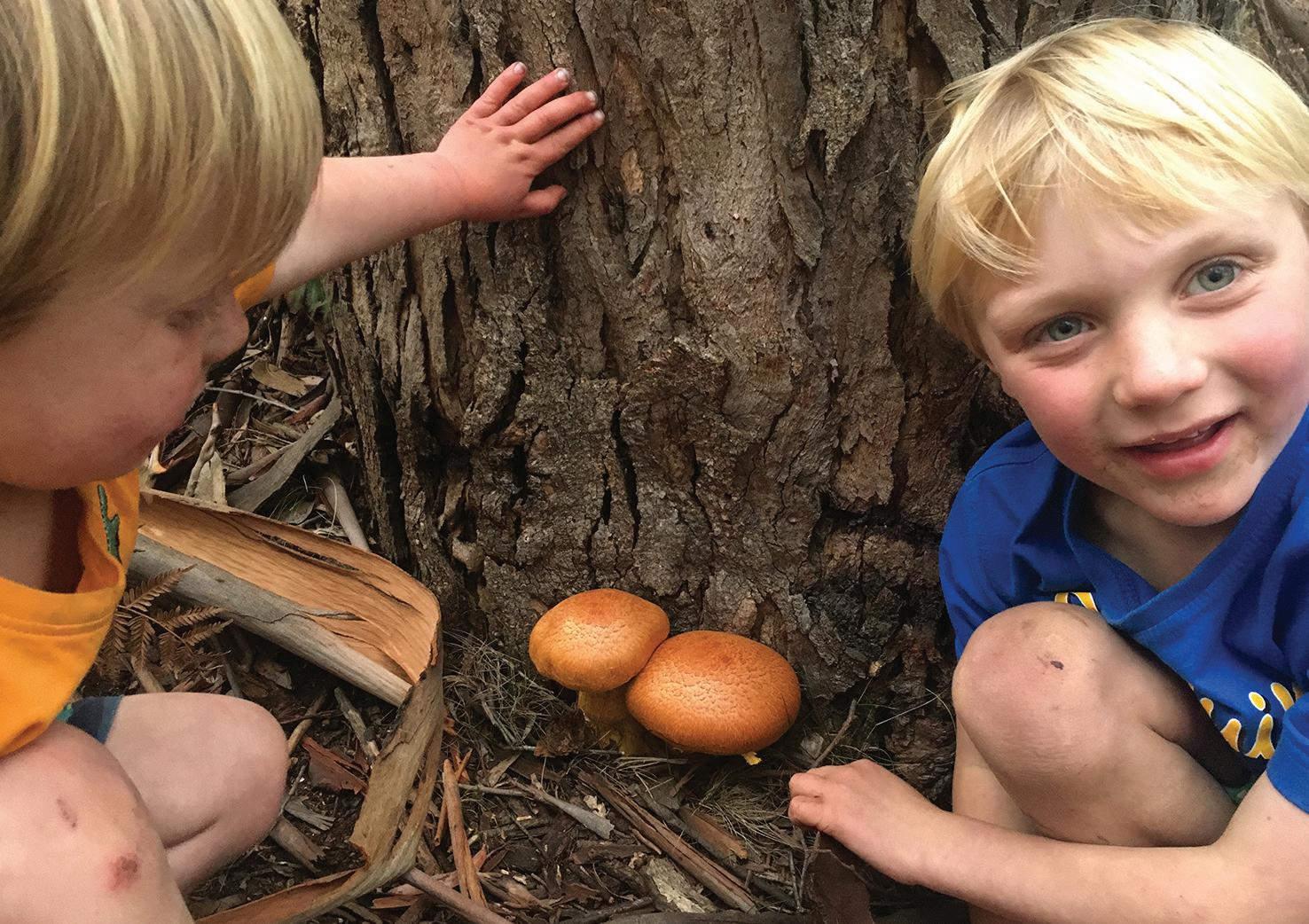
2 minute read
Sculpture sends powerful message to the world
When five-year-old Lily Neyland ventured out with the Cornelian Bay Bushcare Group a decade ago she ended the day by taking home some bunches of plastic flowers that had blown down from the nearby cemetery.
To the eyes of a little girl they must have been mesmerising, a real catch, and they ended up as a prized possession in her cubby house.
Fast forward ten years and those plastic flowers, symbols of grief, blown by the wind on to the Cornelian Bay foreshore, have proved the inspiration behind an incredible and confronting new artwork called Floral Grief.
To create the sculpture 15-yearold Lily drew inspiration from the childhood keepsake to make a statement about the growth in plastic pollution, and to call on the rest of us to think more about how we treat the Earth.
“Through this sculpture, I wanted to raise awareness about how the Earth is becoming more and more polluted as a result of plastics like these flowers,” she says.
“For this reason, I decided to make a coffin, a symbol of death, and place a model of the Earth inside.”
Floral Grief is part of a selfdirected inquiry project at The Friends’ School in Hobart. The Year 10 student used windblown artificial flowers, vases and other plastic rubbish, collected from the 2.5 km cemetery boundary, as the main materials for the sculpture. These were complemented by chicken wire, garden stakes, garden tool handles and beach washed rope.

A much younger Lily with her mother Gabrielle at a Cornelian Bay Bushcare event.
Lily worked with Sue Gillespie, Ken Mackay, Roz Sargeant and Judy Boon from Cornelian Bay Bushcare to learn about the impacts plastic flowers blown down from the cemetery have had on the foreshore’s environmental values, and the work the Bushcare group has put into cleaning them up.
Lily’s connection and commitment to Bushcare can be linked to her mum, Gabrielle Balon, who has worked for a number of years as a casual Bushcare team leader. Gabrielle was able to help Lily connect with members of the Cornelian Bay Bushcare group and also staff at the City of Hobart, who arranged the permit for the sculpture.
• Lily’s sculpture is on display until 15 June 2020 at the start of the dog walking track to Cornelian Bay Point.
Why not get involved?
Cornelian Bay Bushcare protects Hobart’s coastal vegetation around Cornelian Bay. The area is rich in cultural heritage and extends into the open grassy woodland of the Queens Domain and has great views of the River Derwent and kunanyi/ Mount Wellington.
Cornelian Bay Bushcare meets on the fourth Sunday of the month, 10 am – 12.30 pm.

Lily with her artwork Floral Grief.
Photo: Courtesy of The Friends’ School








